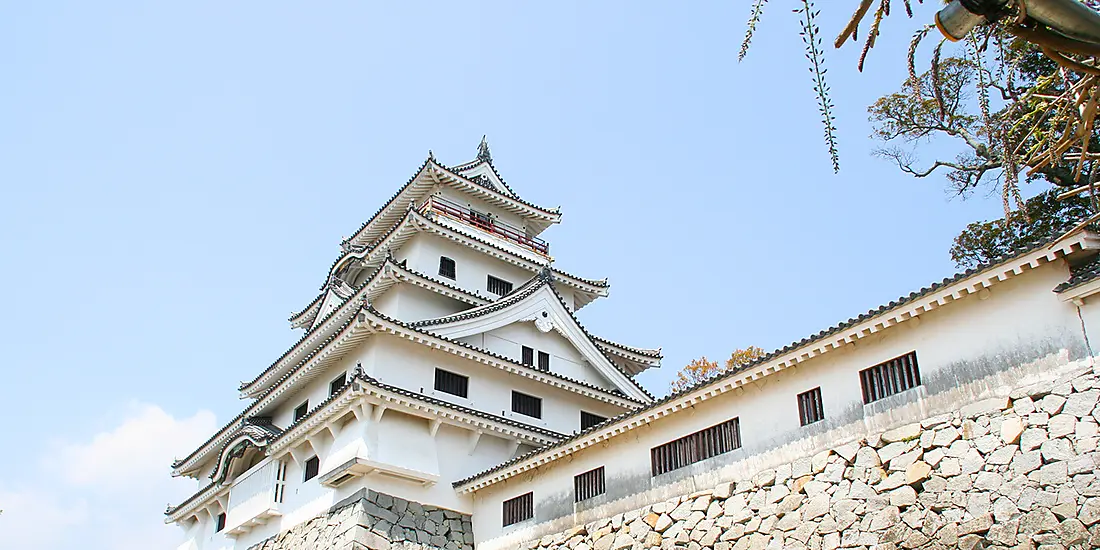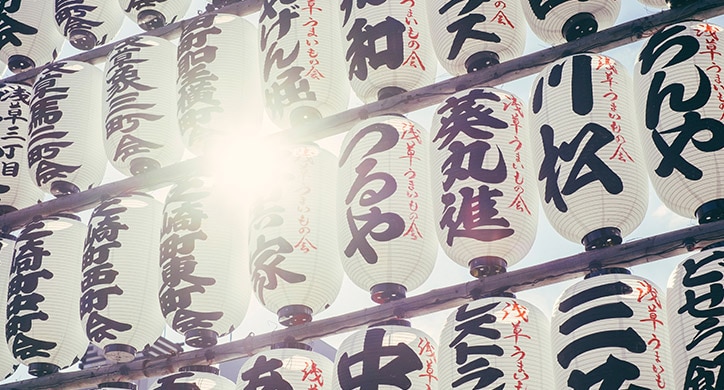
Japan - Essential guide
Culture, legends, gastronomy... Japan has found a unique balance between the traditions of the past and its vision of the future. We have put together some essential information to help you find your bearings
Read more
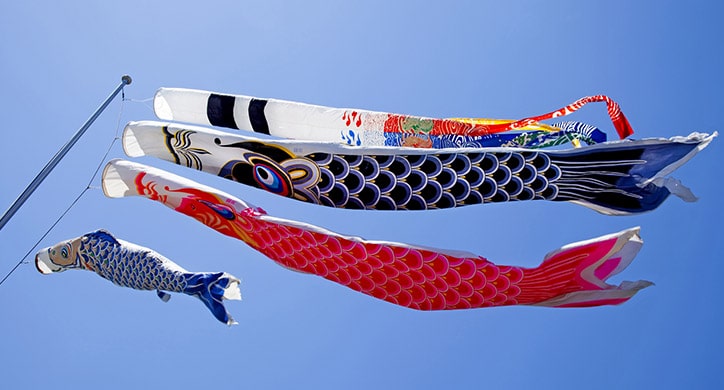
Explore Japan
Japan - Unmissable experiences
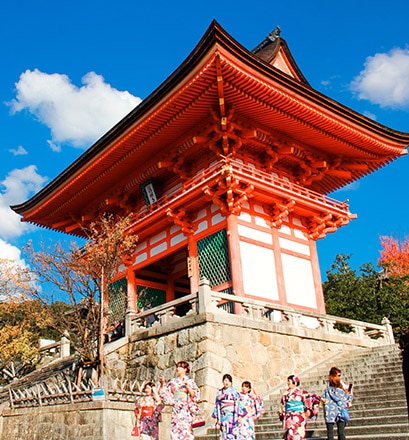
Experience a moment of peace in the temples of Kyoto
The imperial capital of Japan for ten centuries, from 794 to 1868, Kyoto is packed with impressive sites. One of these iconic landmarks is the Kiyomizu-dera or "pure water" temple, which is named for the waterfall within the complex. Topped with a traditional hip-and-gable roof, its main building is known for its hillside veranda and its breathtaking views of the city. Another unmissable temple is Nanzen-ji, one of the five great Zen temples of Kyoto and one of the most important Buddhist centres in the world. It is set apart from other religious structures by its unique gardens and aqueduct.
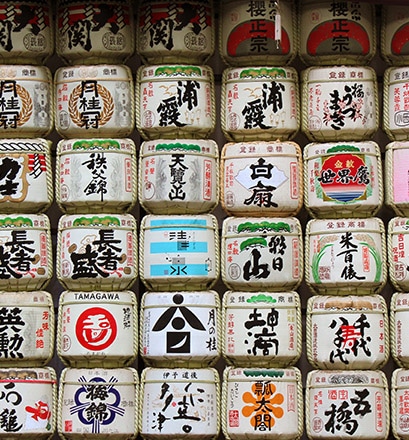
Take part in a sushi and sake workshop
Fans of Japanese gastronomy will jump at the chance to study the sushi-making process under the guidance an experienced chef. This delicious speciality has become incredibly popular outside of Japan in recent years. The modern version of sushi was created in Edo (present-day Tokyo) around 1820. After the workshop, you can enjoy a tasting of sushi paired with sake.
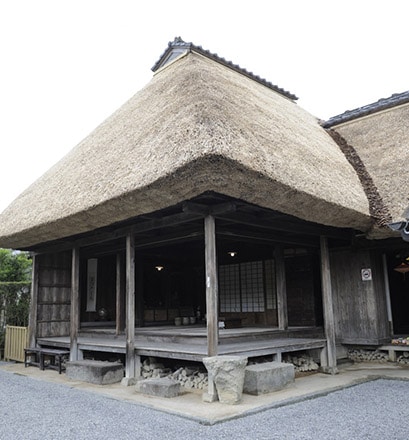
Follow in the footsteps of the samurai in Chiran
History buffs can head off the beaten track in Chiran, a rural area known as "Little Kyoto". Virtually unchanged for the past 250 years, it immerses visitors in the samurai houses and superb gardens of the Edo period. Some residences are still inhabited by the descendants of these valiant warriors, but the gardens are largely open to the public. Lose yourself for a day in the winding paths and mossy walls of this peaceful oasis.
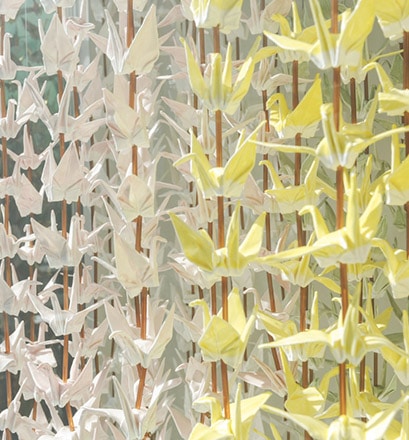
Reflect on the past in Hiroshima and Nagasaki
On 6 and 9 August 1945, Hiroshima and Nagasaki were hit by atomic bombs. Despite the terrible damage, the two cities were able to rise from the ashes, but they have never forgotten their history. Nagasaki Peace Park features many statues and sculptures from countries and organisations around the world. Both cities are home to numerous museums dedicated to world peace, as well as a science centre created for children.
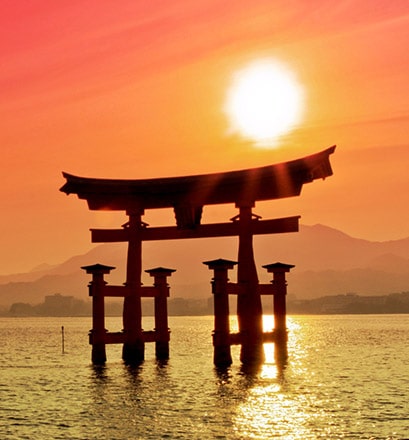
Marvel at the sacred island of Miyajima
Ranked among the most beautiful sites in Japan, the island of Miyajima is a picturesque destination for meditation and reflection. Its most recognisable landmarks are the Shinto shrine of Itsukushima, founded in 593, and its famous 16-metre torii, an orange gate that appears to float on the water. The lush slopes of Mount Misen create a remarkable backdrop. To heighten the spiritual atmosphere, 500 deer roam freely on the island. This "Shrine Island" was listed as a UNESCO World Heritage Site in 1996.
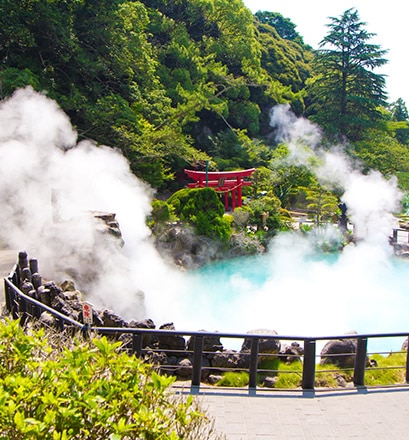
Enjoy a Japanese bath in Beppu
Beppu is renowned throughout the country for its onsen, the Japanese term for volcanic hot springs. Many locals flock to these baths with friends or family to relax and enjoy the soothing properties of the mineral water. There are no fewer than 3,000 onsen in Beppu, in addition to numerous wellness centres. In the south-east of the city, the village of Usuki shelters 60 sculptures of Buddha, which were carved into the rock between the 12th and 16th centuries.
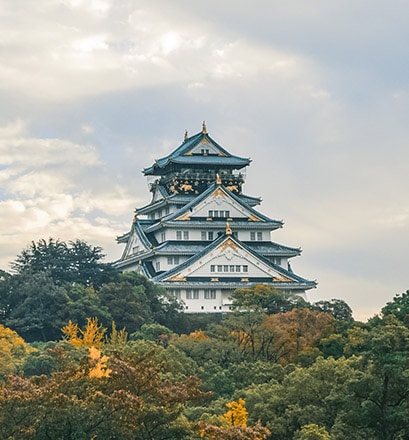
Savour the charms of Osaka
With its peaceful monuments and lively streets, Osaka offers the perfect balance between tradition and modernity. The city is known for its dazzling neon signs and yatai, small stalls selling take-away food. In terms of historic buildings, the city's castle, built at the end of the 16th century by the warlord Toyotomi Hideyoshi, creates an imposing silhouette in the middle of a pretty six-hectare park. The Sumiyoshi-taisha shrine, dating from the 3rd century, is a major institution in the world of Japanese spirituality, leading the main pavilion to be designated a "National Treasure". The structure is separated from its urban surroundings by extensive grounds, with hundreds of lanterns, a curved bridge reflected in the pond, and many paths lined with flags. This peaceful setting provides a complete contrast with the hustle and bustle of Dotonbori, the most famous street in Osaka, known for its giant restaurant signs.
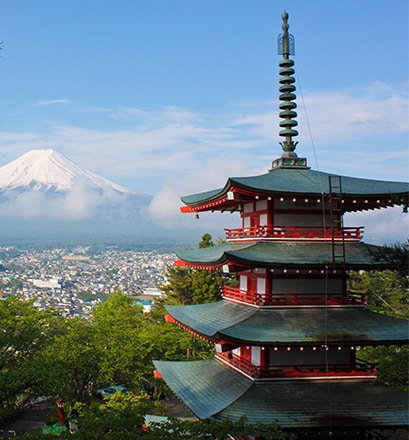
Marvel at the majesty of Mount Fuji
A two-hour drive from Tokyo, Mount Komagatake offers incredible views of that most iconic Japanese landmark: Mount Fuji. The viewpoint is accessed via the Hakone Komagatake Ropeway. Once you have travelled the 720 metres up the slope, all that's left to do is take in your surroundings: Mount Fuji, Lake Ashi, Mount Futago and the mountains of the distant Izu Peninsula.
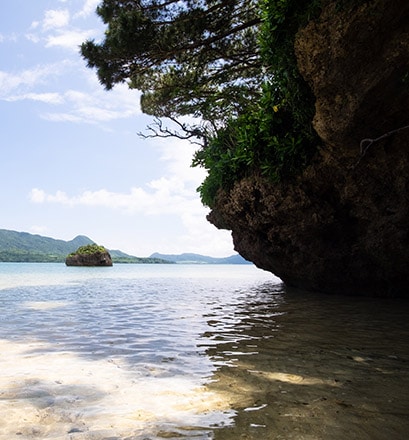
Dive into the subtropical islands of Japan
Shining like green gems in the clear water, Japan's subtropical islands show the Land of the Rising Sun in a different light. These small islets are full of surprises, from idyllic beaches to magnificent coral reefs. To the south of Okinawa and east of Taiwan, Iriomote-Ishigaki National Park is one of the best-preserved locations in the region. The two islands from which the park takes its name are very different but equally fascinating. With beautiful beaches and fish-filled waters, Ishigaki is a paradise for divers and snorkelling enthusiasts. Around 90% of Iriomote is covered with old-growth forests and mangroves, creating a far wilder landscape, but its waters are also teeming with rich fauna, including many fish and manta rays.
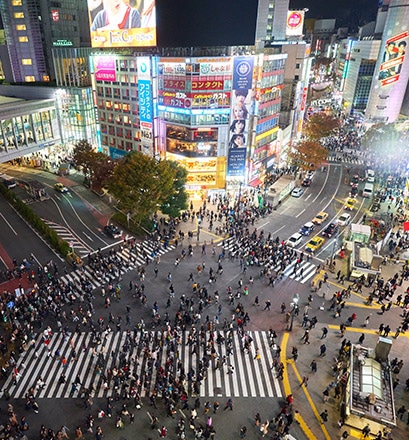
Explore the inimitable streets of Tokyo
With a total population of nearly 43 million, the Greater Tokyo Area is the most populous metropolitan area in the world. This bustling city may not seem like the ideal choice for a relaxing break, but the Japanese capital is nothing if not unpredictable. For example, the Meiji Shinto shrine is a haven of tranquillity, hidden in a forest in the heart of the city. In the historic district of Asakusa, the Sensō-ji Buddhist temple has maintained its peaceful ambiance in spite of the crowds. The East Gardens, the only part of the Imperial Palace open to the public all year round, are also well worth a visit. However, no trip to Tokyo is complete without a visit to the busy neighbourhood of Shibuya and its famous pedestrian crossing, or the crowded aisles of the Tsukiji fish market, the largest wholesale fish and seafood market in the world. Alternatively, visitors can enjoy a night out in the real city that never sleeps!
Japan - Essential guide
Culture, legends, gastronomy... Japan has found a unique balance between the traditions of the past and its vision of the future. We have put together some essential information to help you find your bearings

Helpful tips
Dos. Japanese people typically greet one another by bowing their heads. Kisses and handshakes are a no-no, as physical contact is far from the norm. When entering a house, it is also customary to take off your shoes.
Don'ts. In Japan, table manners are extremely important. For example, you should not serve yourself drinks or add sauce to your white rice. There are also several rules regarding chopsticks: they must not be stood straight up in your rice, and food should never be passed from one set of chopsticks to another, as this action is reminiscent of a Japanese funeral ritual.

Unique features
You may not have heard of Momofuku Ando, but you have probably enjoyed his most famous invention. When he created the first instant noodles in 1958, he revolutionised the post-war food industry. Today, the museum dedicated to him in Osaka tells the story of this entrepreneur, complete with a reconstruction of the small workshop he built at the bottom of his garden and an exceptional amount of noodles! Around 100 billion bowls of Momofuku Ando's tasty creation are enjoyed every year.

Essential phrases
Hello/good evening: Ohayo gozaimasu/Konbawa or Konnichiwa all day long
Goodbye: Sayonara
Welcome: Yookoso
Excuse me/please: Sumimasen/onegaishimasu
Thank you: Arigato
Yes/no: Hai/Iie
How are you?: O genki desu ka?
Very well, thank you, and you?: O genki desu. (name) san ha?
My name is...: Watashi ha ... desu<

Gastronomy
Sushi and ramen noodles are probably Japan's best-known specialities. However, Japanese gastronomy is incredibly varied, combining delicious delicacies with stunning presentation. Street food is a major part of the Japanese diet, made up of many small but tasty dishes. Takoyaki, for example, are fried wheat flour dumplings filled with octopus, which are dipped in a savoury sauce. If you are looking for an extraordinary culinary experience, you have to try kaiseki. These gourmet meals feature many small dishes, prepared using the freshest ingredients, served one after the other in a procession of exquisite flavours and colours.

Myths and legends
According to legend, Japan was created by the gods Izanagi and Izanami, who were both brother and sister and husband and wife. From their union, the islands of the Japanese archipelago were born, as well as several major Shinto deities, including the god of fire, Kagutsuchi. Izanami succumbed to the burns inflicted by her fiery son and joined the kingdom of the dead. When Izanagi went to find her, he angered the dead, who sent spirits from their world to chase him. Back on the surface of the Earth, Izanagi cleansed himself to remove all traces of his visit to the underworld. This ritual is believed to be the basis of the Shinto purification ritual that is still practised today.

In the spotlight
For the first time since the 1964 Olympic Games, Japan is once set to host the Summer Olympics in 2020. To mark the occasion, the country is planning to pay tribute to the victims of the Fukushima nuclear disaster. The Olympic and Paralympic torches were partially made using aluminium that was used to build shelters for refugees after the incident: a symbol of resilience.

Culture
Books. One of Japan's most famous exports, manga has taken the world by storm. If you want to dip your toe into this uniquely Japanese style of storytelling, Midnight Diner by Yarō Abe is a great place to start. A far cry from your typical childhood comics, this 20-volume manga tells the life of a small diner that opens from midnight to 7 a.m. Regulars and colourful night owls (yakuza, strippers, boxers, etc.) come together to enjoy a bowl of miso soup, fried eggs or curry. Each chapter presents a moving slice of life, overseen by the sympathetic owner.
Music. According to critics, musical education in Japan is no longer striking the right note. Japanese children are taught Western classical music from the age of 6, with mandatory classes deemed as important as fundamental subjects like mathematics. On the other hand, traditional Japanese music lessons are becoming increasingly rare. Classical instruments are the preserve of the wealthy, while music teachers often live very precarious lives, with low pay forcing them to work several jobs and live with their parents until late in life.
Source: France Musique
Film. A lonely schoolgirl, an old lady scarred by leprosy, a manager drowning in debt... The three central characters of Sweet Bean (2015), based on the novel by Durian Sukegawa, all have one thing common: dorayaki, small pastries filled with sweet red bean paste. This charming and poetic story demonstrates the impact people can have on each other's lives.
Facts and figures
6 852The majority of the Japanese population live on the 4 main islands: Honshu, Hokkaido, Kyushu and Shikoku. However, the archipelago is actually made up of an astounding 6,852 islands.








